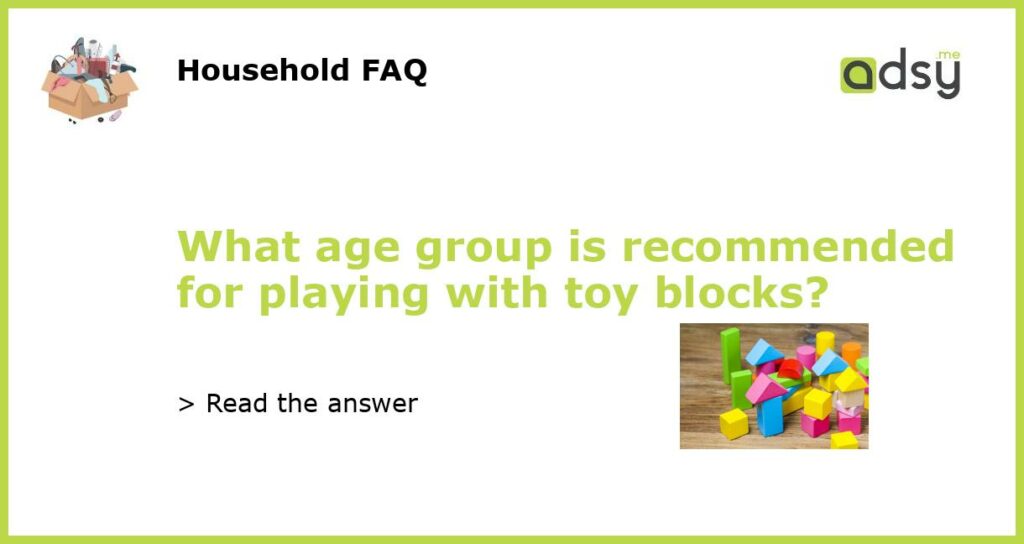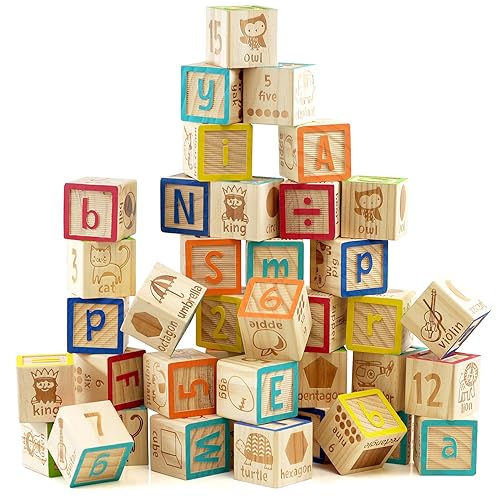Age Recommendations for Playing with Toy Blocks
Playing with toy blocks is not only a fun activity for children but also offers numerous developmental benefits. From promoting fine motor skills to nurturing creativity and spatial reasoning, toy blocks are a versatile and timeless toy. However, it is important to consider age recommendations when purchasing blocks to ensure safety and appropriateness for your child’s developmental stage.
Infants and Toddlers (0-2 years)
For infants and toddlers, toy blocks should be soft and larger in size, ensuring that they are safe for exploration and play. Soft blocks made of foam or fabric are ideal for this age group, as they allow for sensory experiences and grasping. These blocks often have different textures, colors, and patterns, offering multiple opportunities for tactile and visual stimulation. Infants and toddlers are developing their senses and fine motor skills, and soft blocks provide a safe and engaging way for them to explore their environment.
Preschoolers (3-5 years)
Preschoolers are ready for more advanced block play. At this stage, they have developed better hand-eye coordination and strength, allowing them to manipulate smaller and harder blocks. Traditional wooden blocks or plastic interlocking blocks are suitable for preschoolers, as they provide more opportunities for building and stacking. These blocks often come in different shapes and sizes, promoting creativity and problem-solving skills. Preschoolers can also start building simple structures and identifying basic shapes and patterns.
School-age Children (6-12 years)
School-age children can graduate to more complex block play. Construction sets with specialized building pieces, like LEGO or K’NEX, offer endless possibilities for creativity and engineering. These sets often come with detailed instructions to build specific models or encourage children to create their own designs. Building with these block sets requires patience, critical thinking, and spatial reasoning skills. Additionally, school-age children can benefit from block play that incorporates learning concepts such as math, science, and architecture.
Teens and Adults
Although block play may be less common among teens and adults, it can still be a valuable activity for creativity and stress relief. Building with blocks, such as magnetic building tiles or 3D puzzles, can be a fun and challenging way for older individuals to relax and express their creativity. Additionally, block play can be used as a team-building exercise in group settings or as a way to engage in architectural modeling and design.
Safety Considerations
Regardless of age, safety should always be a top priority when playing with toy blocks. Be sure to choose blocks that are age-appropriate, as smaller pieces can be a choking hazard for younger children. Inspect the blocks regularly for any signs of wear and tear, and discard any broken or damaged pieces. It is also important to supervise younger children during block play to prevent any accidents or misuse of the blocks. By following these safety guidelines, you can ensure that block play remains a safe and enjoyable activity for all ages.






